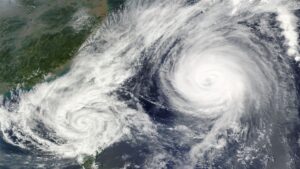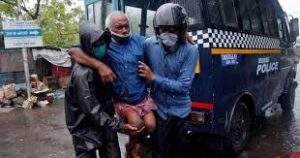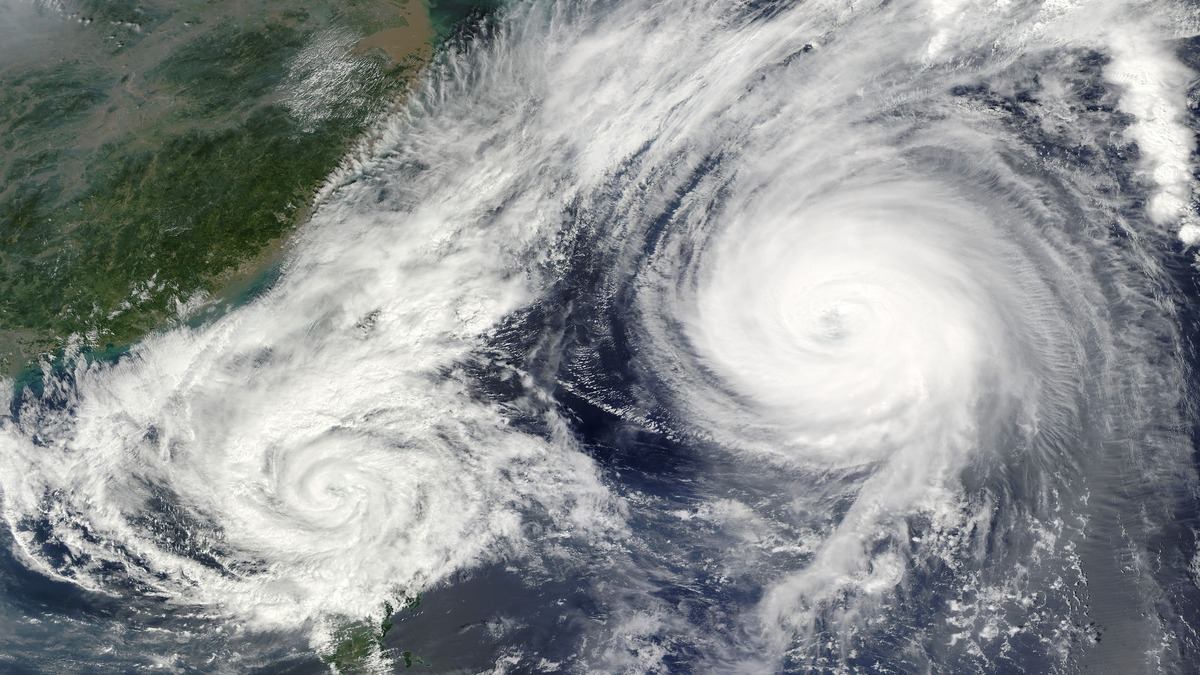Cyclone in Bangalore: Impact, Challenges, and the Way Forward

Bangalore, which is famous for its pleasant climate and IT hub, sometimes experiences cyclonic weather. Earlier, cyclones were limited only to coastal areas, but due to climate change, their effects are reaching inland and small cities like Bangalore as well.
In this blog, we will discuss the impact, challenges, and future preparedness of the cyclone in Bangalore and try to tell you mainly about the situation in Bangalore.
What Causes Cyclones to Affect Bangalore?
Bangalore is not directly impacted by the cyclone, but is indirectly impacted by cyclonic systems coming from the Bay of Bengal or the Arabian Sea. These systems bring heavy rainfall and strong winds, which disturb the city’s infrastructure and lifestyle to some extent.
Reasons for Cyclone:
1.Climate Change: Due to global warming, cyclones are becoming more intense and frequent which is causing a lot of damage.
2.Urbanization: Due to rapid and unplanned development, the natural water absorption capacity of the city has completely depleted.
3.Deforestation: Reduction of green cover is increasing the risks of soil erosion and flooding, which can be harmful for humans.
Impact of Cyclones on Bangalore
Cyclones have highlighted Bangalore’s vulnerabilities. Here are some major impacts mentioned below:
1. Urban Flooding
After heavy rainfall, severe waterlogging occurs in areas like Koramangala, Whitefield and Bellandur. Poor drainage systems and encroached water bodies have worsened the problem.
2. Infrastructure Damage
Due to Cyclone, trees are uprooted, causing harm to human life, power outages occur and roads are blocked. All this is greatly disrupting daily life and transportation.
3. Economic Losses
The cyclone affects the IT sector of Bangalore a lot. Both remote and office work are impacted by power outages and connectivity issues.
4. Health Issues
Stagnant water has led to mosquito breeding, which has led to the spread of diseases like dengue and malaria, and gastrointestinal infections can also be caused by water contamination.
Why is Bangalore Vulnerable to Cyclonic Weather?

Bangalore’s vulnerabilities are posed by both natural and man-made factors:
Outdated Drainage Systems: The city’s drainage infrastructure appears to be failing to handle heavy rainfall.
Encroachment on Lakes: Bangalore’s lakes have been replaced by construction projects, which greatly increases flooding risks.
Climate Change: Rising temperatures are making extreme weather events more severe.
How Bangalore Can Prepare for Cyclones
Given the chances of cyclones becoming more frequent, Bangalore will have to focus very quickly on disaster preparedness and mitigation strategies.
1. Upgrading Drainage Infrastructure
Modernization and regular maintenance of stormwater drains is very important to prevent flooding.
2. To Preserve Natural Resources
Restoring lakes and green spaces will strengthen the city’s natural defenses—environmental conservation must be given priority and attention in urban planning.
3. Use of Technology
Real-time weather monitoring systems and GIS mapping enable better timely alerts and evacuation planning.
4. Community Awareness
It is very important to educate the public about cyclone preparedness.
Role of the government and community after cyclone

After the recent cyclones, the Karnataka government has taken some measures which we all should know, like:
Disaster response teams have been deployed to clear fallen trees and restore power supply.
It has been decided to allocate funds to repair drainage systems and damaged roads.
It was necessary to start reforestation projects so that green cover and environment could be restored.
Local NGOs and citizen groups are also playing an active role in relief efforts, which is commendable. Which is doing very good work and its people have a hand in making a city better.
Role of climate action in reducing cyclones
Bangalore’s cyclone experience has highlighted the need to take action against climate change. Key actions that can and should be taken that are necessary:
1.Promoting Renewable Energy: It is very important to adopt clean energy sources to reduce carbon emissions.
2.Green Building Norms must be implemented: Eco-friendly construction practices must be encouraged. Which can be very profitable in future and will also be profitable.
3.To Improve Public Transport: Better public transport infrastructure will reduce vehicular emissions which will be beneficial for our lives.
Conclusions: Building a Resilient Bangalore
Cyclones have now become a harsh reality for Bangalore. The city needs to invest in infrastructure and protect natural resources.
The recent cyclone has given a wake-up call on the importance of taking proactive measures. If everyone makes efforts together, it is possible to make Bangalore a safe and sustainable city. And this can happen with your support.
Rain or shine, let’s make Bangalore safe and secure!

Very nice
Wow! Thank you! I continuously needed to write on my site something like that. Can I implement a part of your post to my blog?